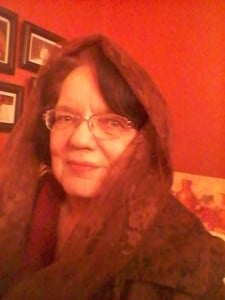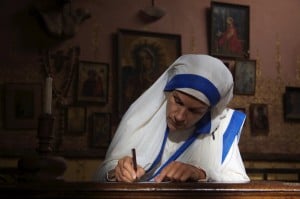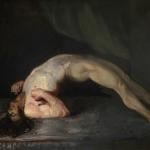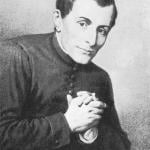
It’s white! No, it’s grey! No, it’s black!
We are a world of smoke-watchers today, checking the news for a sign that the Cardinal electors have finished their work and have elected the next Supreme Pontiff of the Roman Catholic Church.
The New York Times, quoting Vatican sources on their Science page, explains:
Both recipes are fairly standard pyrotechnical formulas. The white smoke, used to announce the election of a new pope, combines potassium chlorate, milk sugar (which serves as an easily ignitable fuel) and pine rosin…. The black smoke, which was used Tuesday evening to signal that no one in the first round of balloting received the necessary two-thirds vote of the 115 cardinals, uses potassium perchlorate and anthracene (a component of coal tar), with sulfur as the fuel. Potassium chlorate and perchlorate are related compounds, but perchlorate is preferred in some formulations because it is more stable and safer.
So that’s it, folks. No “Smoke of Satan”, no witches’ brew of secret ingredients. Plain old potassium chlorate (KCIO3), an easily ignitable compound made of potassium, chlorine and oxygen. There’s even a YouTube video showing you how to make your own—although with its high flammability, I don’t recommend doing this at home.

In the Sistine Chapel, two stoves have been installed. One, the older one, is used to burn the ballots. The other, which was specially constructed for this purpose in 2005, is electrically ignited to burn the coloring agents. Smoke from the two stoves mixes in a long copper flue which rises to the chapel roof, where the smoke is visible from St. Peter’s Square. The system mixes ballots and chemicals, but also mixes old and new technologies: a resistance wire is used to preheat the flue so that it draws properly; and the flue has a fan to ensure that the smoke travels upward instead of entering the chapel, where it could damage Michelangelo’s frescoes.
 The schedule for the Conclave includes two votes during the morning session, after which the smoke will rise signaling the election results. The Cardinals return to the Domus Sanctae Marthae for lunch, then have a free afternoon to spend resting, talking, praying, or strolling in the Vatican Gardens. In the evening, there will be two more votes, and one more lighting of the stove. Unless a Pope is elected on the first or third ballots, the stove will not be lit at those times.
The schedule for the Conclave includes two votes during the morning session, after which the smoke will rise signaling the election results. The Cardinals return to the Domus Sanctae Marthae for lunch, then have a free afternoon to spend resting, talking, praying, or strolling in the Vatican Gardens. In the evening, there will be two more votes, and one more lighting of the stove. Unless a Pope is elected on the first or third ballots, the stove will not be lit at those times.
One other note: Rather than wrestling with complex issues morning and night every day, the Conclave is arranged to bring the Cardinals together for three days. If after three days there is still no new pope, there will be a day off; so there will be no sessions on Saturday, if there is no successful election on Thursday or Friday.
Soon, though—many are predicting that it will be this week—we will have a new Vicar of Christ, who will emerge on the central balcony and offer his blessing to the world.











